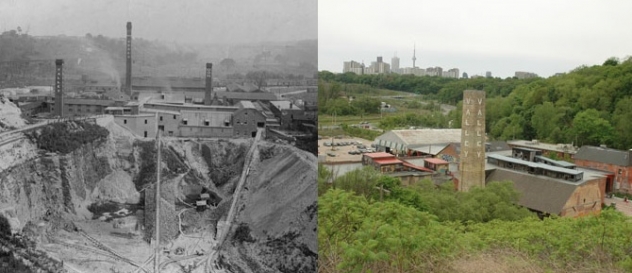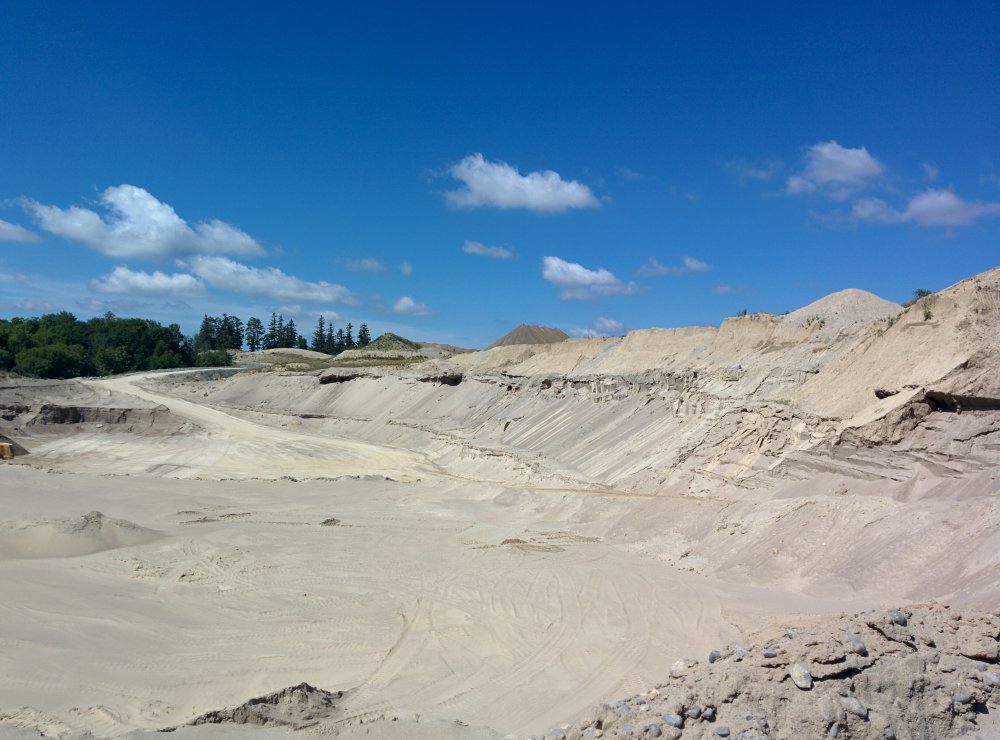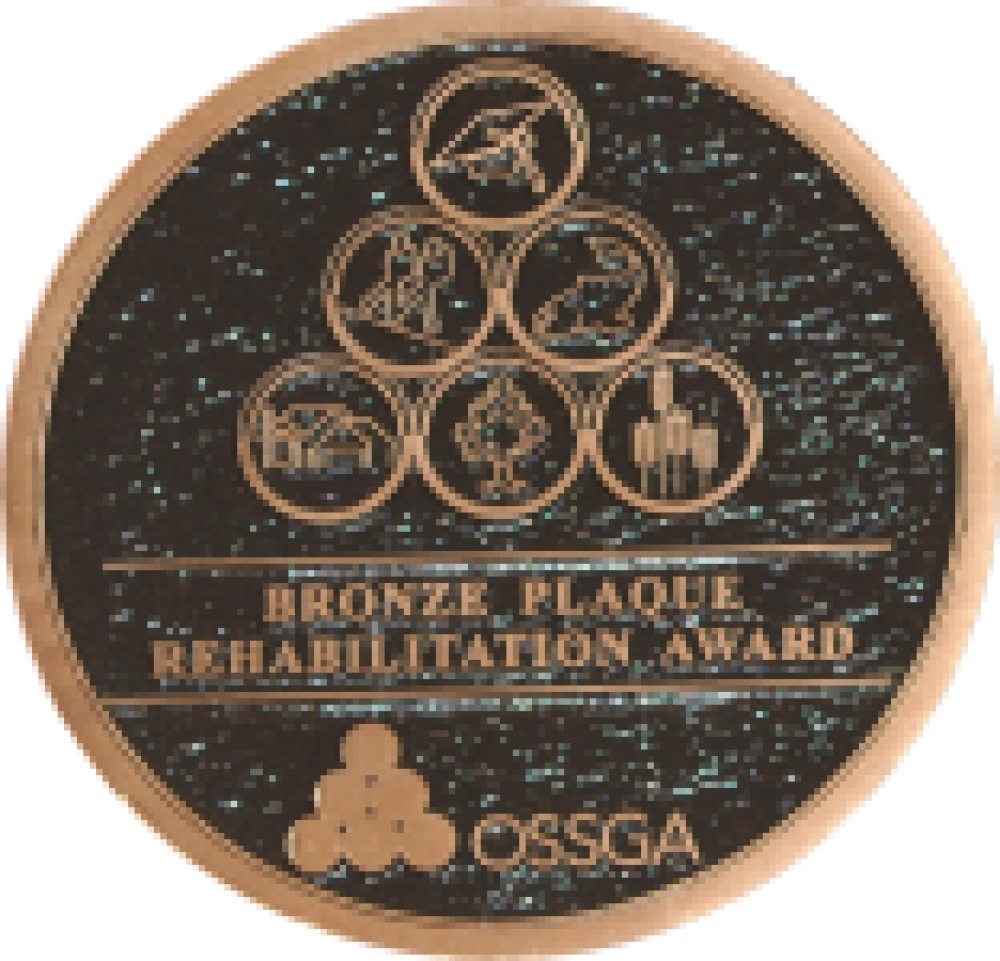- CALL 416.798.7050 OR 1.800.870.0926 FOR ANY SALES AND CUSTOMER SUPPORT INQUIRIES
THE FILL.

SEP
30
THE EVOLUTION OF AN AGGREGATE PIT
Over the next 25 years, the GTA is expected to need 2.5 billion tonnes of aggregate. Unlike other types of land uses, such as industrial and residential areas which have much more flexibility, aggregates are only found in places where nature put them. Aggregates, including sand, stone, gravel, and limestone, are reserved deep inside the ground from which they have to be extracted.
The process of aggregate extraction impacts the natural environment; that is why the aggregate industry is subject to many legislative guidelines. The Ministry of Natural Resources and Forestry regulates the pits by issuing permits, inspecting aggregate operations, and ensuring that the sites are rehabilitated once all the required aggregate material is extracted.
The Aggregate Resource Act (ARA) defines the term “rehabilitate” as follows: “to treat land from which aggregate has been excavated so that the use or condition of the land, (a) is restored to its former use or condition, or (b) is changed to another use or condition that is or will be compatible with the use of adjacent land”.

Rehabilitation plans begin at the early stages of development and extraction. The site assessment takes into account the land uses of the surrounding area, future community developments, as well as the biological and geological features of the land. Ongoing management ensures the future health of the property. The restoration is carefully planned: the land is shaped to support the end use and prevent erosion, and the original topsoil is replaced. The beauty and ecology of the land is restored and very often improved to a better state. As a result, the land that once was an aggregate pit evolves into a beautiful park or garden, a community centre, or a golf course.

In 1975, OSSGA introduced Bronze Plaque Award for those sites that have become truly outstanding examples of the state of the art in rehabilitation of pits and quarries in Ontario. Some of the great examples of rehabilitated land are Professor’s Lake (Brampton), Peninsula Lakes Golf Course (Fonthill), Royal Botanical Gardens (Hamilton), East Park Gardens (London), Erindale College (U of T – Mississauga), Evergreen Brick Works (Toronto), and many more. Visit www.ossga.com/bronze_plaque for a complete list of Bronze Plaque Award Winners.
Cover Photo Source







